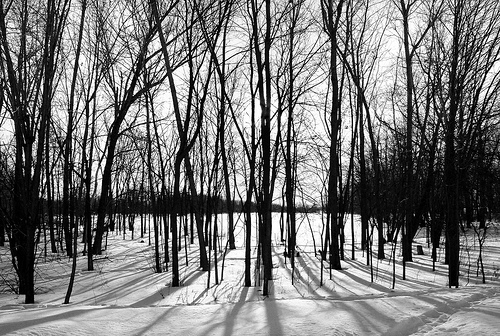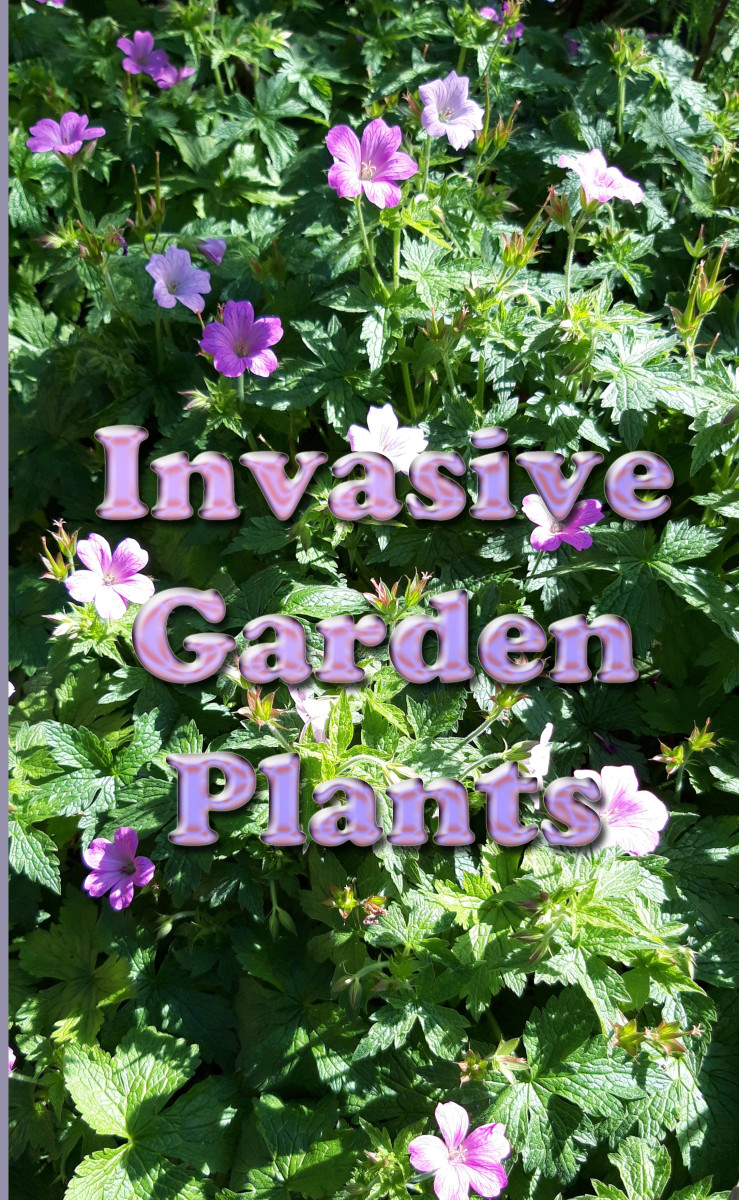Landscaping: Choosing Plants that are Good for the Earth

Environmental warming has made its presence known this year. Hot dry temperatures have crippled almost every region. In some, there are serious and prolonged droughts. If you are tired of watching your lawn and garden burn money, think about planting for the future.
Choose trees, shrubs, flowers, and grasses that have evolved to handle the hot dry conditions - without resorting to sand and pebbles. Now, there are still regional differences, but garden centers have split the United States, for one, into zones, irregular belts from coast to coast. Each belt is numbered and assumes some constancy in climate conditions. Let me suggest that, instead of buying plantings for your numbered zone, you pick plants recommended for the next southern zone where it is supposed to be warmer.
Think first of your soil. Almost any soil will permit some growth of some weed or other, but you want a soil that will retain water. Add a combination of compost and peat moss toy our soil, so that the soil is half native and half additives. Mulch the planting area after the planting in order to hold down the evaporation of water.
Drought resistant plants should be placed in deep dug holes, as the plants are likely to have long root systems. The hole should be twice the size of the container in which the plant came. You would be smart to place some of the new nutrition rich soil, some water, and some commercial plant starter in the bottom of the hole. After planting, pack the soil solidly around the plant, leaving an indentation or gutter around the base where water can gather. Water the planting thoroughly.
Talk to your arborist or garden center pro about when to plant. July and August are obviously too stressful, but some regions and some plants may be right for planting in late September or early October. Otherwise, make your plans for early and mid spring.
Plants lose their moisture through the exposure of their leaves. So, in general, trees, plants, or flowers with thin spiky leaves or thick spongy leaves so better. Flowers and ground covers that like to stay low also do well. But, remember, just because it may be cooler in the shade, most things like some sun.
Trees can mean a considerable investment in the future. The best advice is to plant what is working for your neighbors and/or what is native.
- · Hackberry trees have a very coarse and rugged bark. This elm will grow to 20' and live a long time. They produce a small berry loved by birds.
- · Gingko biloba is a tall irregular and picturesque shade tree. It grows to 80' with a spread of 60'. The female trees produce a bad smelling orange blossom.
- · Golden raintree is a gorgeous tree with bright yellow flowers. However, some areas consider it invasive because it prorogates widely and crowds out native specifies.
- · Flame maple is a hearty red maple with full flaming fall foliage. Twenty foot high, it will spread to 28'. It produces a fragrant white flower in the spring.
Shrubs are sort of tiny trees, and because they are easily managed, they add variety and color to your summer garden - if not much shade.
- · Mugo pine is an example. This is a mushroom shaped dwarf with dark green spiky needles about 2" long. With no flower, they retain their rich green color throughout the season.
- · Pyracantha firethorn is a prolific, low maintenance, and beautiful shrub. It produces showy holly-like berries amidst its very sharp thorns. Pyracantha loves to trail up walls or over trellises and fences.
- · New Mexico privet grows 10' to 20' high and wide. It has a rough tough appearance, rustic and hearty. While it can be trimmed into a tree shape, it is most attractive in its natural state. The female produces berries for the birds and the male shows bright yellow stamens without petals.
Annual flowering plants rarely return for a second season, do okay. Think of using California poppies, pink or lavender vinca, or multi-colored portulaca. Portulaca or purslane, a waxy wiry plant that trails nicely baskets, can be very hearty in some areas. Sedum, sunflowers, and wildflowers native to your area can bloom beautifully for months.
But, if you find annuals are getting too expensive to replace each year, then, start a plan to plant perennials only.
- · Agapanthus africanus is in the lily family and bloom with gusto and beauty throughout southern California and similar climates, including the California deserts. The agapanthus produces tall stems with balls of blossoms, like an over-sized dandelion puff, in blue, purple, or white. Once established, they are very hearty and spread rapidly.
- · Geranium is a classic and comes in a variety of colors and textures. It does not like clay soils, so make sure your soils includes some nutrients and material to make it porous. Geraniums can be brought inside during high stress weather, and they can be nurtured through the winter. You can also propagate geraniums easily by taking cuttings, placing the cutting in water until roots appear, and, then, planting the cuttings in small pots.
- · Salvia is also called "autumn sage." Salvia has fine skinny leaves with frail looking flowers in different shapes and colors. Pale lavenders and rich royal blues, pinks and reds, the flowers bloom throughout the spring and summer. Cut back the brittle dry branches in the winter, and it will bloom again next spring. Because it does not take up much room, you can arrange plants in the same area by size or color.
- · Dianthus produces small carnation like flowers in brilliant colors. These grow in low mounds and make stunning borders for your garden. Cut them back after blooming and cover with some compost in the winter, and they will bloom in spring.
- · Evening primroses offer small pink cups to the sun. The foliage is fine, and they will grow in mounds at the back of the border because of their moderate height.
The thing is that you do not have to rely on cactus plants to have a working garden. On the other hand, it would not hurt to include some flowering cacti strategically placed to shape a cost effective, water conserving garden.




